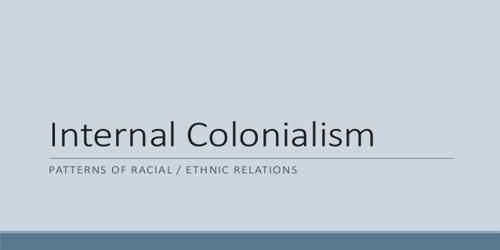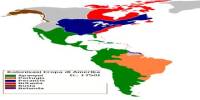Participatory budgeting (PB) is a democratic process in which community members directly decide how to spend a portion of a public budget. It is a democratic deliberation and decision-making process in which ordinary people decide how to allocate a portion of a municipal or public budget. It is a budgeting method in which both the people who will implement the budget and those who will be affected by the budget are involved in the budget creation process.
Participatory budgeting empowers citizens or residents of a community to identify, debate, and prioritize public spending projects, as well as make real decisions about how money is spent. Top-level managers and bottom-level managers share the responsibility of making budgetary decisions in this type of budgeting. As a result, it gives them a sense of a better stake in the firm.
PB processes are typically designed to include those who have been excluded from traditional methods of public engagement, such as low-income residents, noncitizens, and youth. A comprehensive case study of eight Brazilian municipalities analyzing the successes and failures of participatory budgeting found that it frequently results in more equitable public spending, greater government transparency and accountability, increased levels of public participation (particularly among marginalized or poorer residents), and democratic and citizenship learning.
Budgeting is an important control tool. It is a financial statement that shows estimates of income and expenses for a specific unit. The unit can be a project, a department, an organization, or the entire country. A budget is created for a specific time period in the future. It could be a single day, a month, a quarter, or a year. The budget serves as the foundation for the management plans. There are various budgeting methods that can be used depending on the needs of the organization.
Two Ways to Implement Participatory Budgeting –
- A pure participative budget is one in which all budget-making authority is decentralized. They have the authority to make decisions. Management will not obstruct the process. As a result, top-level strategies may not always be taken into account. In practice, it makes no difference.
- In a second way, which we can call top-down cum participative budgeting, management provides subordinates with guidelines or the company’s objectives. They instruct them on how to subordinate personal goals to organizational goals.
In terms of scale, procedure, and objective, PB frameworks differ widely around the world. PB is frequently contextualized to meet the specific conditions and needs of a region. As a result, the magnitudes of PB differ depending on whether it is performed at the municipal, regional, or provincial levels. PB has been legally enforced and regulated in many cases; however, some are internally arranged and promoted.
Since its inception in 1988 in Porto Alegre, Brazil, PB has manifested itself in a plethora of designs, with variations in methodology, form, and technology. PB is one of several democratic innovations that encompass the ideals of a participatory democracy, such as British Columbia’s Citizens’ Assembly. PB is now used in nearly 1,500 municipalities and institutions around the world.
















